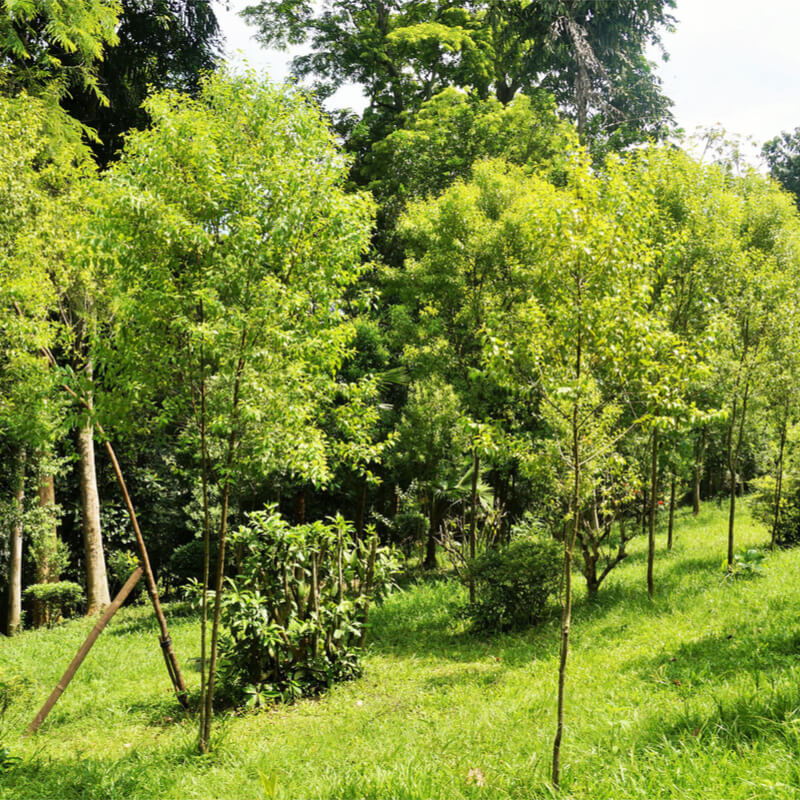[1] Herbal Materia Medica Course Notes For Diploma of Naturopathy and Diploma
of Herbalism Students by Lydia Mottram.
[2] The Commission E monographs- German.
[3] Sunspirit Aromatherapy. Sunspirit Oils Pty Ltd. A Ti-Tree Place. Byron Bay
NSW 2481. www.sunspirit.com.au. (CEM,SA)
[4] Potter's New Cyclopaedia of Botanical Drugs and Preparations R.C. Wren
Revised by Elizabeth M. Williamson and Fred J Evans. First published in Great
Britain in 1988 and reprinted in 1989 and 1994 by the C. W. Daniel Company Limited.
1 Church Path, Saffron Walden Essex. Published 1988 Printed and bound by Biddles,
Guildford ISBN 085207 1973.
Images
1.
theoriginalgarden.com
2.
plantekey.com
3.
herbfinder.tattvasherbs.com
4.
suzannerbanks.files.wordpress.com Santalum
album. Sandalwood,
Mysore sandalwood, East Indian, Sandalwood
Family: Santalaceae
Santalum
album. Sandalwood,
Mysore sandalwood, East Indian, Sandalwood
Family: Santalaceae


 PART
USED: Steam distilled
essential oil.
PART
USED: Steam distilled
essential oil.